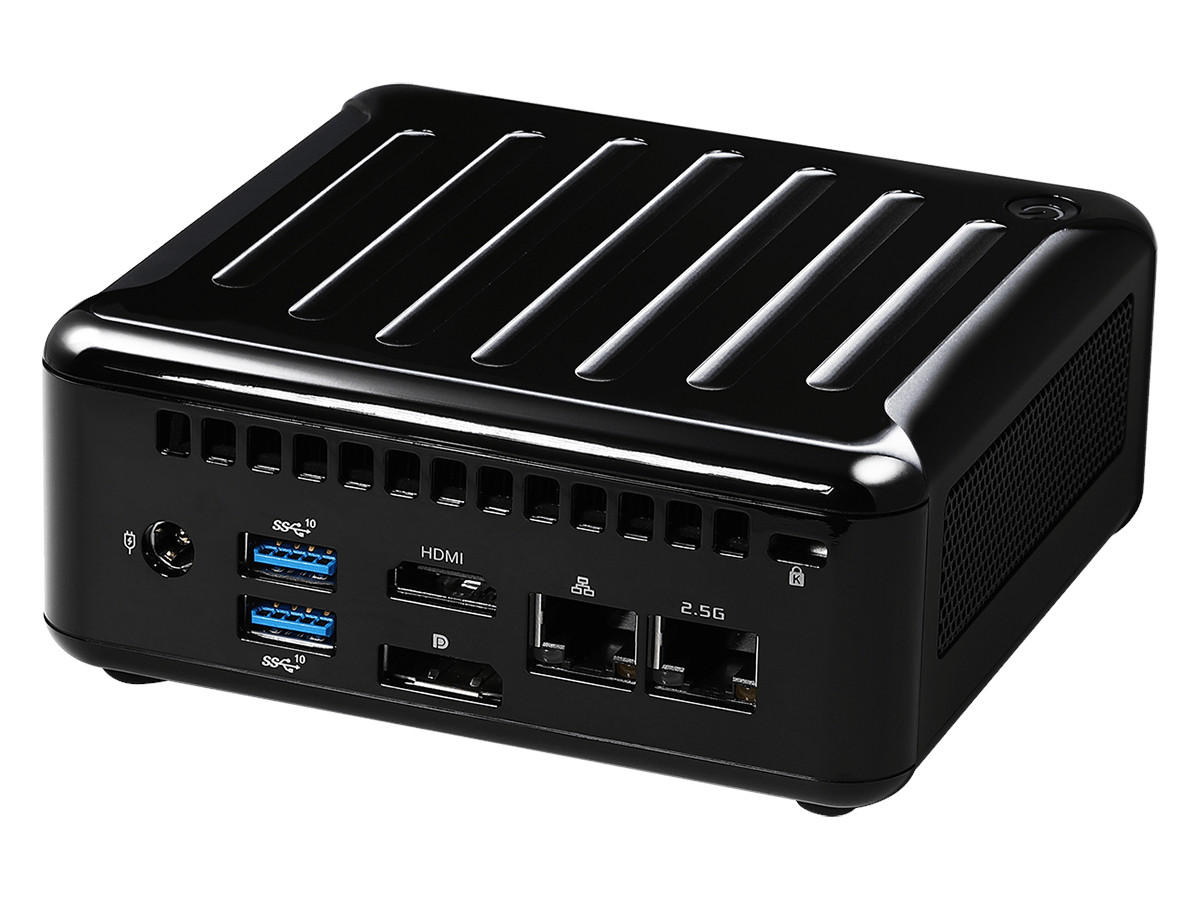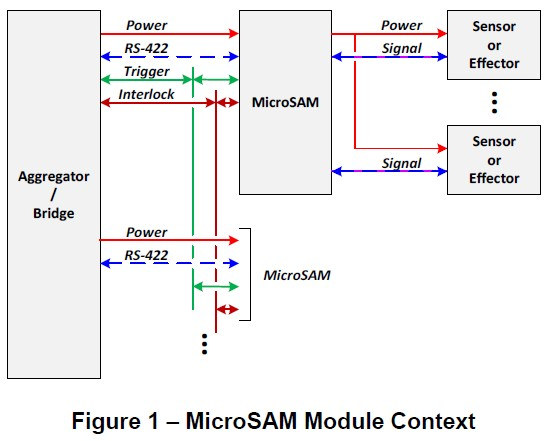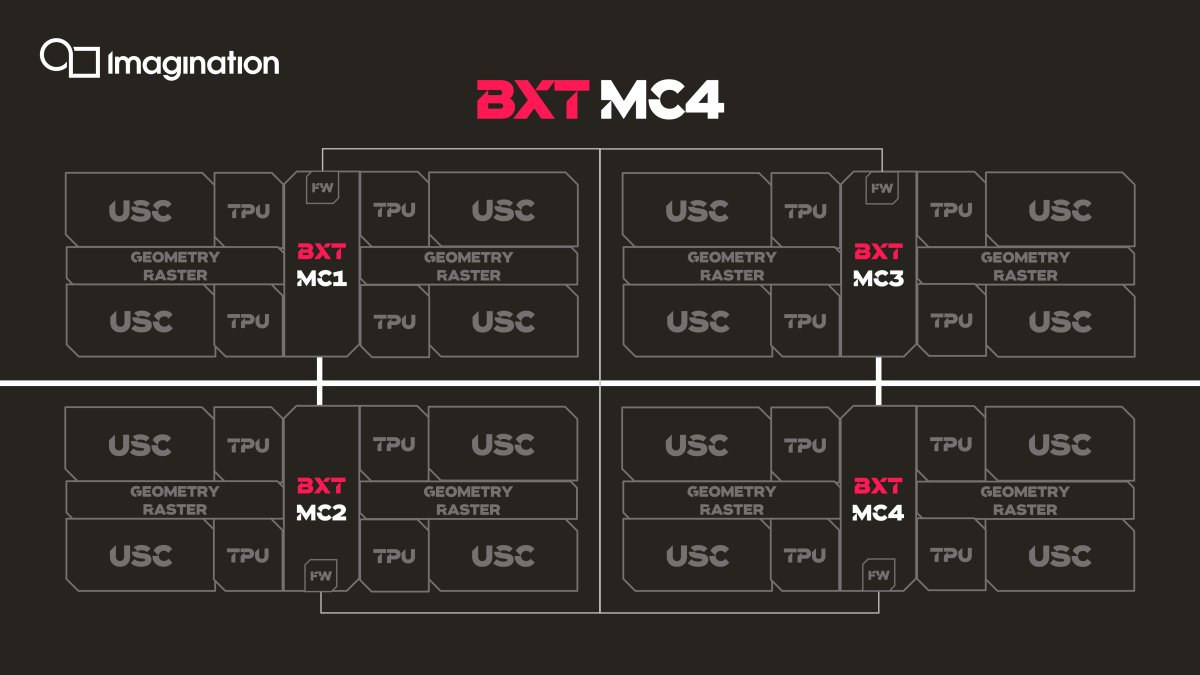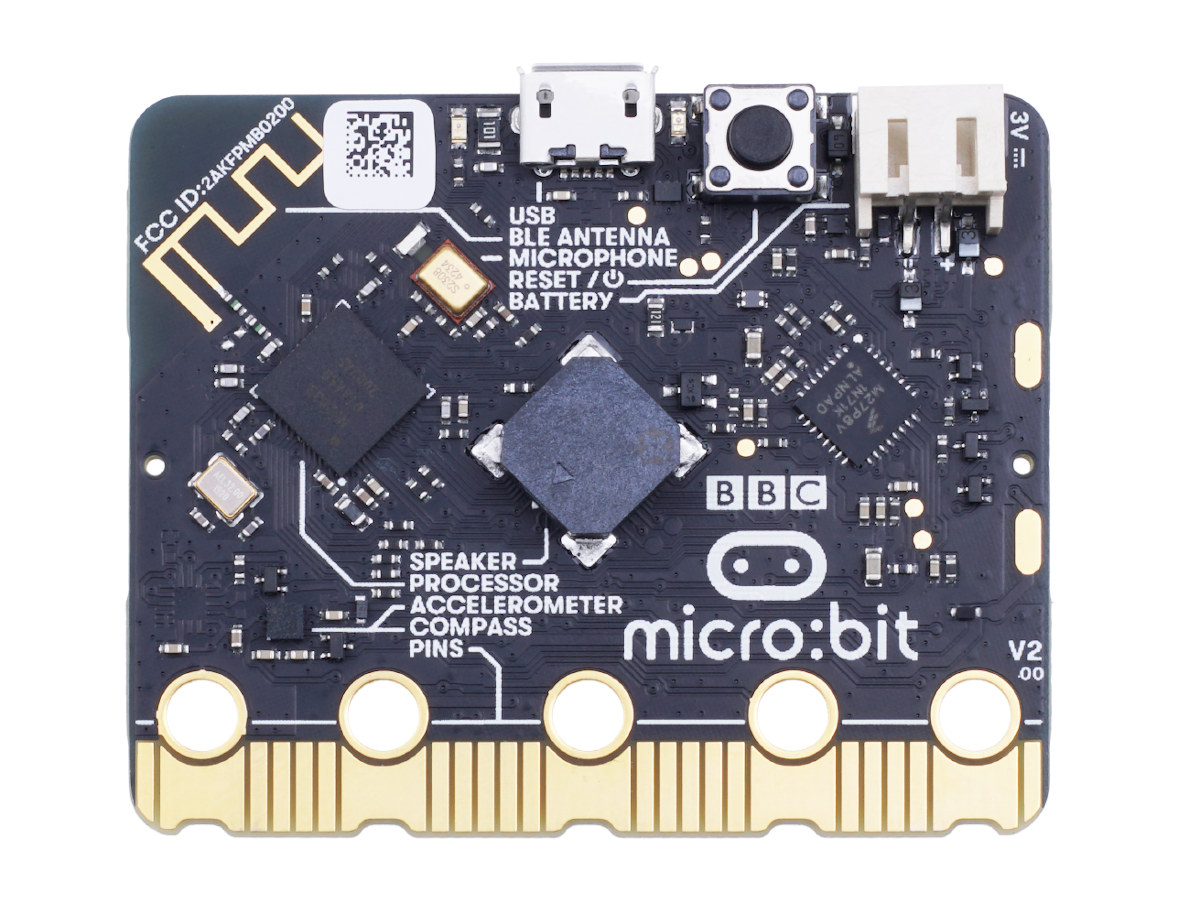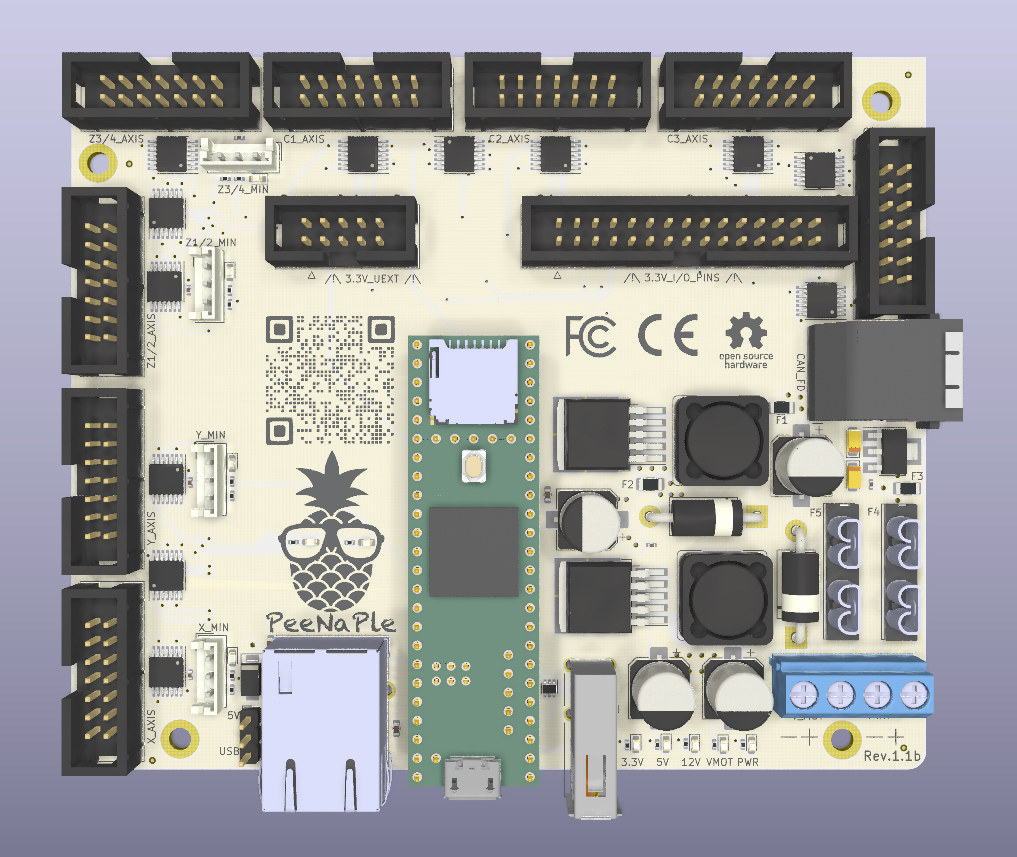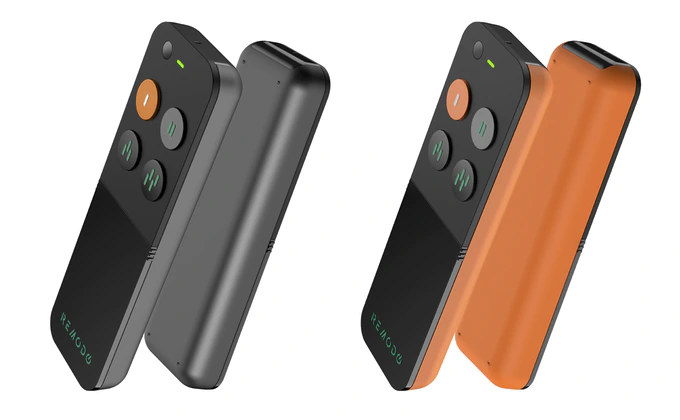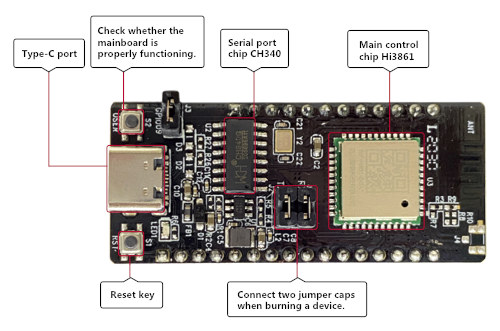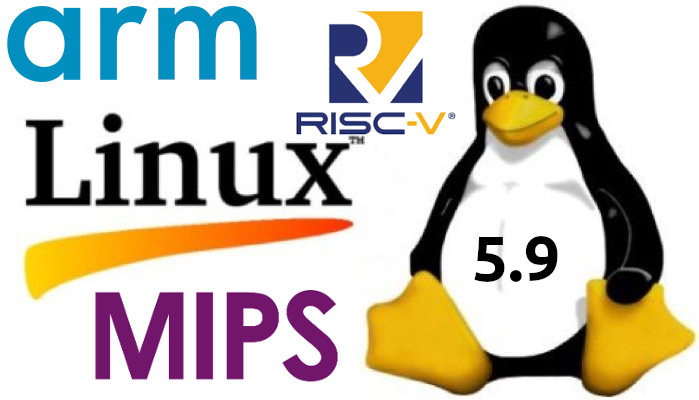The new Tiger Lake UP3 embedded processors have enabled industrial mini PCs and motherboards to get higher-end features including 2.5 GbE, WiFI 6, USB 4.0, and support for up to four independent 4K displays. ASRock industrial already unveiled ASRock iBOX 1100 rugged mini PC last month, but the company is now back with an even more compact Tiger Lake UP3 mini PC that offers quad 4K video output, 2.5GbE, and WiFi 6 connectivity. Meet ASRock NUC 1100 BOX Series industrial computer designed for entertainment, gaming, office collaboration, content creation, retail, and business applications. ASRock NUC 1100 specifications: SoC NUC BOX-1165G7 – Intel Core i7-1165G7 quad-core/octa-thread Tiger Lake UP3 processor @ up to 1.2 GHz / 4.7 GHz (Turbo) with 96EU Iris Xe Graphics; 15W TDP (Configurable between 12 and 28W) NUC BOX-1135G7 – Intel Core i5-1135G7 quad-core/octa-thread Tiger Lake UP3 processor @ up to 0.9 GHz / 4.2 GHz (Turbo) […]
MicroSAM System-on-Module Standard Targets Microcontrollers, IIoT Sensors
There are plenty of system-on-module standards, but those mostly target application processors such as Intel/AMD x86 processors or Arm Cortex-A based SoCs. PICMG has now added a new IIoT-related open standard with MicroSAM specifying a 32x32mm module for microcontrollers and industrial IoT sensor nodes. MicroSAM standard highlights: Reliable RS422 industrial-grade communications PWM output for motion control applications Direct connectivity to a variety of sensor types (analog voltage, analog current, digital) Low power consumption Power filtering and signal conditioning for embedded installations Dimensions – 32mm x 32mm Latching connectors for secure connectivity Full industrial operating temperature range from -40°C to +85°C One of the advantages often cited for traditional SoMs is that customers don’t have to take care of the complex layout around the processor and RAM, and can simply create a 2-layer baseboard to insert the 6-layer SoM into it. This lowers the development costs and time-to-market. But it’s not […]
Imagination IMG B-Series GPU family scales from IoT to the datacenter
Last year, Imagination Technologies unveiled IMG A-Series GPU family scaling from low-power IoT to mobile and high-performance server applications with up to 2.5 times the performance of the earlier PowerVR 9-series GPUs, as well as eight times faster AI processing and 60% less power under similar conditions. While I’m not aware of any SoCs announced with the new IMG A-Series GPU yet, the company has already announced the next-gen IMG B-Series GPU family with up to 4 times the multi-core performance thanks to decentralized multi-core technology, 30% lower power consumption, and 2.5 times the fill rate. The company offers four types of IM B-series GPU, each optimized for specific applications IMG BXE for high-resolution displays – From 1 up to 16 pixels per clock (PPC) BXE scales from 720p to 8K for UI rendering and entry-level gaming. IMG BXM designed for mid-range mobile gaming and complex UI solutions for DTV […]
BBC micro:bit v2 board Unveiled with Nordic nRF52833 SoC, Microphone and Speaker
The original BBC micro:bit educational board was launched in July 2015 with a Nordic nRF51822 Arm Cortex-M0 MCU @ 16 MHz providing Bluetooth LE connectivity, a few I/Os, some buttons, and a LED matrix acting as a small display. The British company has now launched a new update with BBC micro:bit v2 with the same form factor, but equipped with a more powerful Nordic Semi nRF52833 Bluetooth 5.1 Arm Cortex-M4 MCU clocked at 64 MHz and adding a microphone and a speaker. BBC micro:bit v2 specifications: Wireless MCU – Nordic Semi nRF52833 Arm Cortex-M4 MCU clocked at 64 MHz with 128 KB RAM, 512 KB flash, Bluetooth 5.1 LE connectivity “Display” – 25x red LED indicator lights in a 5×5 matrix USB – 1x micro USB port for power and programming via NXP Kinetis KL27Z Cortex-M0+ microcontroller Audio – Built-in MEMS microphone and speaker Expansion 25 pins on edge connector […]
Teensy 4.1 Cortex-M7 Board Gets Marlin Firmware and OpenPnP Breakout Board
Teensy 4.0 and Teensy 4.1 are some of the most powerful microcontroller-class boards you’ll find on the market thanks to NXP i.MX RT1062 Arm Cortex-M7 crossover processor clocked at up to 600 MHz, and there won’t break the bank are PJRC sells those for $20 and up on their own store or Amazon. If you’re into 3D printers, CNC, or pick-and-place machines, you’ll be glad to learn Teensy 4.1 board is the first Arm Cortex-M7 board to support Marlin 2.0 firmware, and a person nicknamed CrazzyFrenchDud is developing PeeNaPle breakout board for Teensy 4.1 to work with OpenPnP open-source software. The initial commit to Marlin firmware was made on September 10 for both Teensy 4.0 and 4.1 boards, but the title was changed to Teensy 4.1 only since Teensy 4.0 is not supported at this time, and may not be suitable for many 3D printers due to a lack of […]
Remodo X is a Programmable Bluetooth & IR Remote Control for Raspberry Pi (Crowdfunding)
There are plenty of Bluetooth or RF remote controls on the market, but Remodo X is a little different. Mainly designed for the Raspberry Pi board, the compact Bluetooth & IR remote control comes with four buttons that can be programmed from a mobile app to launch program or trigger scripts for home automation, home entertainment, or any other function you may think of. Remodo X specifications: Connectivity Bluetooth LE up to 30 meters (line-of-sight) via Realtek BLE 4.2 Class 2 chip IR up to 10 meters User Input – 4x keys for 8 different actions using long or short presses Misc – Buzzer for “find me” function Power Supply – 2x AAA batteries Dimensions – 114 x 36 x 13 mm Weight – 37 grams The remote control can be programmed in the yet-to-be-released Remodo app for Android or iOS with any smartphone that comes with Bluetooth LE connectivity. […]
Hi3861 based HiSpark WiFi IoT development board supports LiteOS and HarmonyOS
HiHope HiSpark WiFi IoT development board features Hisilicon Hi3861 microcontroller with 2.4 GHz 802.11b/g/n WiFi 4 and supports Huawei LiteOS as well as HarmonyOS. Equipped with 2MB flash and 384KB SRAM, the board targets smart home applications, and ships with a baseboard to help with development. HiSpark board specifications: MCU – Hisilicon Hi3861 32-bit microcontroller @ up to 160 MHz with 352 KB SRAM and 288 KB ROM, 2 MB flash memory, and WiFI 4 connectivity; QFN-32 5x5mm package WiFi 802.11b/g/n standard up to 72 Mbps @ HT20 2.4 GHz frequency band (ch1-ch14). Station (STA) and access point (AP) modes with up to 6 clients for the latter WiFi mesh with up to 256 nodes Security – WPA, WPA2 personal, and WPS 2.0 PCB antenna USB – 1x USB Type-C port for power and programming via CH340 chip Expansion – 2x headers with up to 2x SPI, 2x I2C, 3x […]
Linux 5.9 Release – Main Changes, Arm, MIPS & RISC-V Architectures
Linus Torvalds has just announced the release of Linux 5.9 on lkml: Ok, so I’ll be honest – I had hoped for quite a bit fewer changes this last week, but at the same time there doesn’t really seem to be anything particularly scary in here. It’s just more commits and more lines changed than I would have wished for. The bulk of this is the networking fixes that I already mentioned as being pending in the rc8 release notes last weekend. In fact, about half the patch (and probably more of the number of commits) is from the networking stuff (both drivers and elsewhere). Outside of that, the most visible thing is a reinstatement of the fbdev amba-clcd driver – that’s a noticeable patch, but it’s basically just mainly a revert. The rest is really really tiny (mostly some other minor driver updates, but some filesystem and architecture fixes […]


